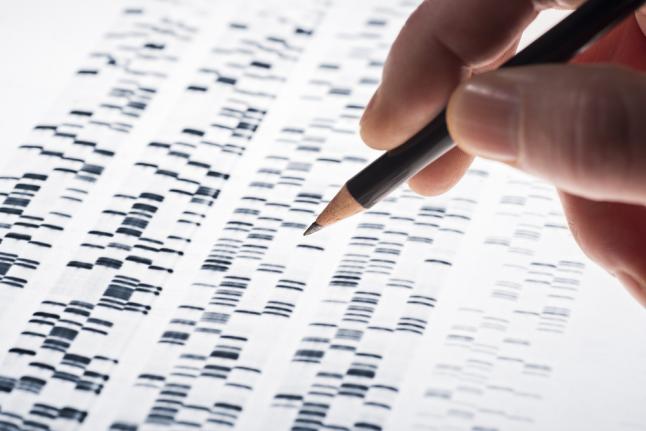COLUMBUS, Ohio, Aug. 14 (UPI) — Researchers at Ohio State University have increased the number of sequenced virus genomes almost tenfold with a new computer analysis tool that mines genetic code from public databases.
The computerized ‘fishing expedition’ netted the sequenced genomes of 12,500 previously uncharacterized viruses, doubling the number of known virus genera.
Viruses play an important role in the lives of bacteria and archaea, single-cell microorganisms that are similar but evolved separately from bacteria. Because of the intertwined nature of their existence, virus genes can be located within microbial genomes.
The fishing program mined public databases of sequenced bacteria and archaea genomes for fragments unique to viruses.
All viruses have a set of genes that produce a protein shell called a capsid. This ubiquitous set of genetic coding helped the tool fish out virus genomes.
“The idea is that bacteria don’t use capsids or produce them, so any capsid gene should come from a virus,” Matthew Sullivan, an assistant professor of microbiology at Ohio State, explained in a press release.
Sullivan is the lead author of a new paper on the analysis, published this week in the journal eLife.
Once capsid coding was located, the program keyed in on attached segments that were unique and unlikely to belong to bacteria.
“None of these genomic features is really a smoking gun per se, but combining them led to a robust detection of ‘new’ viruses — viruses we did not have in the database, but can identify because they have capsid genes and a viral organization,” Sullivan said.
Sullivan says viruses are a missing component of the growing field of microbiota research, the study of microbial communities in humans (their gut and lungs, for example) and natural environments (in soils and aquatic habitats).
“Virus-bacteria and virus-archaea interactions are probably quite important to the dynamics of that microbe, so if researchers are studying a microbe in a specific environment, they’ve been missing a big chunk of its interaction dynamics by ignoring the viruses,” Sullivan said. “This work will help researchers recognize the importance of viruses in a lot of different microbes.”
Most viruses studied — ones associated with disease — are lytic in nature, meaning they replicate themselves and essentially take over their host, destroying their host cells in the process. But there are other types of virus that seem to have a more reciprocal relationship with their hosts, producing genes that help their host cells thrive.
These viruses are called prophages, and Sullivan’s research suggest they’re likely more abundant that scientists realize. Many of them, the new analysis suggests, keep their genetic material separate from their host cells.
“The extrachromosomal form of this virus type appears quite widespread, and virtually nobody is studying these kinds of viruses,” he said. “That is a really different and largely unexplored phenomenon, and it’s important to understand those viruses’ ability to interact and tie into the function of those cells.”
Sullivan hopes his new study will inspire researchers to further explore these little-understood virus-bacteria relationships.







